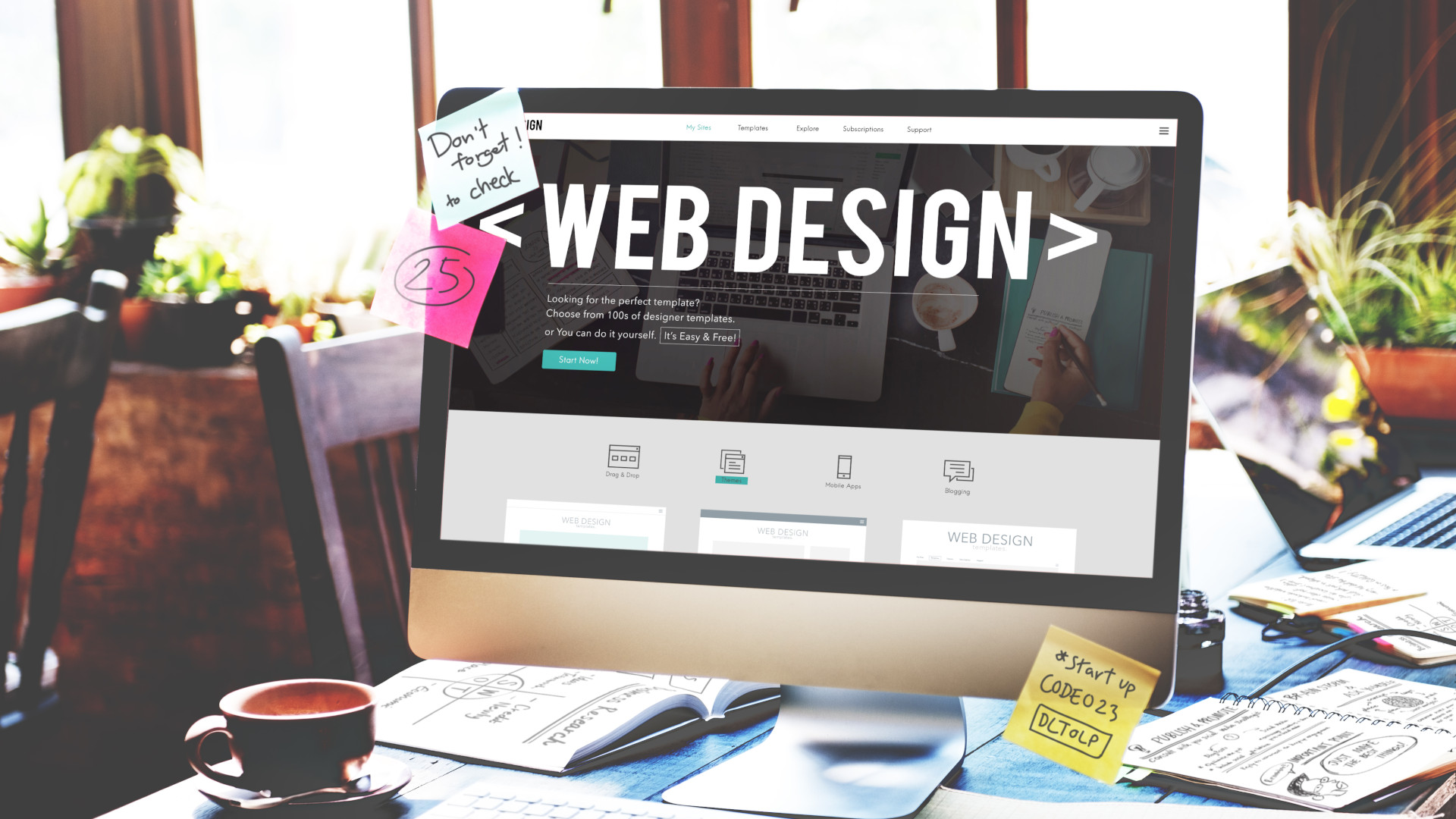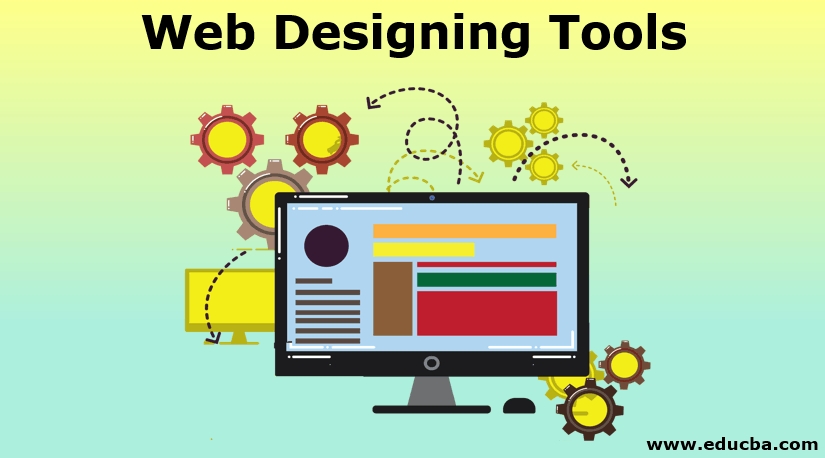Aligned Position Web Design: Professional Web Development to Maximize Your Online Impact
Aligned Position Web Design: Professional Web Development to Maximize Your Online Impact
Blog Article
The Very Best Sorts Of Website Design to Enhance User Experience and Engagement
In the ever-evolving landscape of electronic communication, the effectiveness of Web style significantly influences user experience and involvement. Different design strategies, such as minimal, receptive, and interactive formats, each deal distinct advantages that can cater to varied user demands.
Minimalist Web Layout
As digital landscapes come to be significantly messy, minimal website design has become a powerful technique to enhancing individual experience. This design approach prioritizes simpleness, concentrating on vital elements while getting rid of unneeded distractions. By utilizing enough white space, simple navigation, and a restricted color combination, minimal layout promotes clarity and directs user attention to essential content.
The core concept of minimal Web design is to create a smooth interaction for users. By decreasing cognitive tons, individuals can quickly understand information without feeling bewildered. This direct method not only boosts functionality but also urges involvement, as visitors are more probable to check out a website that is easy and aesthetically appealing to navigate.
Furthermore, minimal layout often stresses typography and images, using these components strategically to communicate messages successfully. This concentrate on vital elements can improve brand identification and create a remarkable user experience. Basically, minimalist website design is not simply a pattern; it is a thoughtful methodology that acknowledges the importance of user-centered design. By stripping away extraneous elements, developers can develop an extra engaging, efficient, and satisfying Web experience for all individuals.
Responsive Website Design
In today's varied electronic environment, responsive website design has actually come to be necessary for producing a smooth individual experience across a multitude of gadgets. As users gain access to internet sites on smartphones, tablet computers, laptops, and desktops, the ability of a web site to adjust its layout and material to various screen sizes and resolutions is critical.
Receptive website design uses flexible grids, images, and CSS media inquiries to make sure that Web content is presented efficiently, despite the gadget utilized. This method not only boosts the visual allure of a site yet also substantially boosts usability. Users are more probable to involve with a site that offers a constant experience, as it gets rid of the frustration of needing to zoom in or scroll exceedingly.
Furthermore, internet search engine, including Google, focus on mobile-friendly websites in search positions. By adopting responsive style, services can boost their visibility and get to a broader audience. This technique also simplifies internet site maintenance, as a single version of the site can accommodate all devices, decreasing the need for several variations. In summary, responsive website design is an essential practice that boosts individual experience, engagement, and general contentment.
Interactive Website Design
Responsive website design lays the groundwork for enhancing user experience, however interactive Web style takes this an action further by engaging customers in a more dynamic means - Aligned Position Web Design. By integrating aspects such as computer animations, clickable prototypes, and real-time comments, interactive Web style mesmerizes customers, attracting them into a richer browsing experience
This strategy not just promotes interaction but likewise motivates customers to check out content actively as opposed to passively eating it. Techniques such as gamification, where users make rewards for finishing jobs, can substantially enhance the moment invested in a site and boost general complete satisfaction. Additionally, interactive attributes can simplify complicated info, making it a lot more satisfying and digestible.

Including interactive design aspects can likewise lead to higher conversion rates, as users are more probable to involve with a website that proactively entails them. Aligned Position Web Design. Inevitably, interactive Web style changes user experiences into unforgettable trips, guaranteeing that visitors return time after time
Apartment Design
Characterized by its minimalistic technique, flat style emphasizes simplicity and performance, removing unneeded aspects and concentrating on necessary features. This design approach prioritizes functionality, making sure that individuals can browse interfaces effortlessly and efficiency. By employing a clean aesthetic, flat design gets rid of the clutter frequently located in much more elaborate styles, consequently boosting customer focus on content and capability.
The hallmark of flat layout hinges on its usage of strong colors, simple typography, and geometric shapes. These aspects add to a visually enticing user interface look at here that is both approachable and contemporary. In addition, level style promotes a feeling of quality, permitting customers to determine necessary actions and info without diversion.
In addition, level design is particularly efficient in receptive website design, as its simplicity translates well across different devices and display sizes. The absence of detailed appearances and slopes reduces packing times, which is vital for maintaining user involvement. As electronic landscapes continue to advance, level style remains a pertinent option for creating user-friendly internet sites that improve general experience. By concentrating on important features, flat design not only satisfies individual demands yet additionally encourages seamless interaction, making it a vital part of reliable website design methods.
Adaptive Website Design
Adaptive Web design personalizes the customer experience by developing multiple taken care of layouts customized to various display sizes and devices. Unlike receptive design, which fluidly readjusts a solitary layout, flexible layout uses distinct layouts for particular breakpoints, making sure ideal presentation on numerous platforms. This approach permits designers to concentrate on the one-of-a-kind attributes of each tool, improving usability by providing precisely what individuals require based upon their context.
Among the key advantages of adaptive website design is its ability to optimize lots times and performance. By serving customized web content and pictures that fit the individual's tool, internet sites can minimize data use and improve loading rates. This is specifically useful for customers with slower links or minimal data strategies.

In addition, adaptive layout facilitates a much more consistent and controlled branding experience. Since developers produce multiple designs, they can ensure that the aesthetic aspects straighten with the brand's identity across various platforms - Aligned Position Web Design. This results in a natural individual experience, enhancing interaction and advertising customer retention
Conclusion
Minimal design promotes clearness and emphasis, while responsive layout makes sure adaptability throughout various devices, advertising access. helpful hints Jointly, these style comes close to add to the production of easy to use environments that not only enhance satisfaction but also drive greater conversion rates, underscoring their critical importance in contemporary Web layout approaches.

Minimal design fosters clarity and focus, while responsive style guarantees flexibility throughout numerous tools, advertising accessibility. Collectively, these design approaches contribute to the development of easy to use atmospheres that not only improve complete satisfaction however likewise drive greater conversion rates, highlighting their vital value in contemporary Web layout strategies.
Report this page